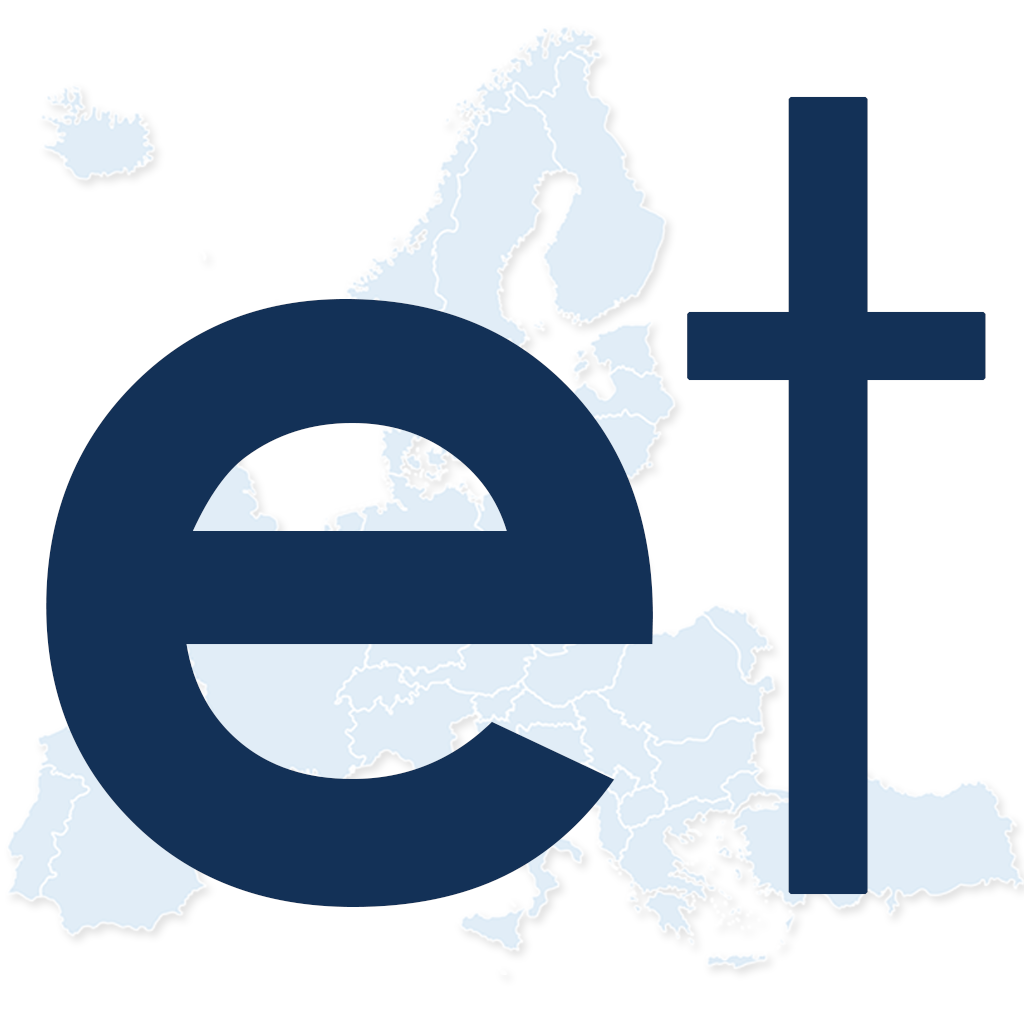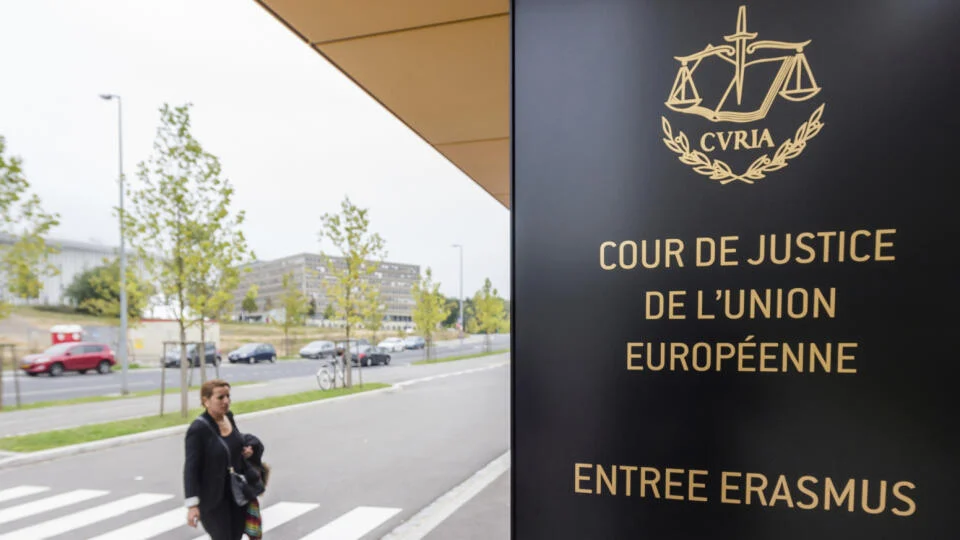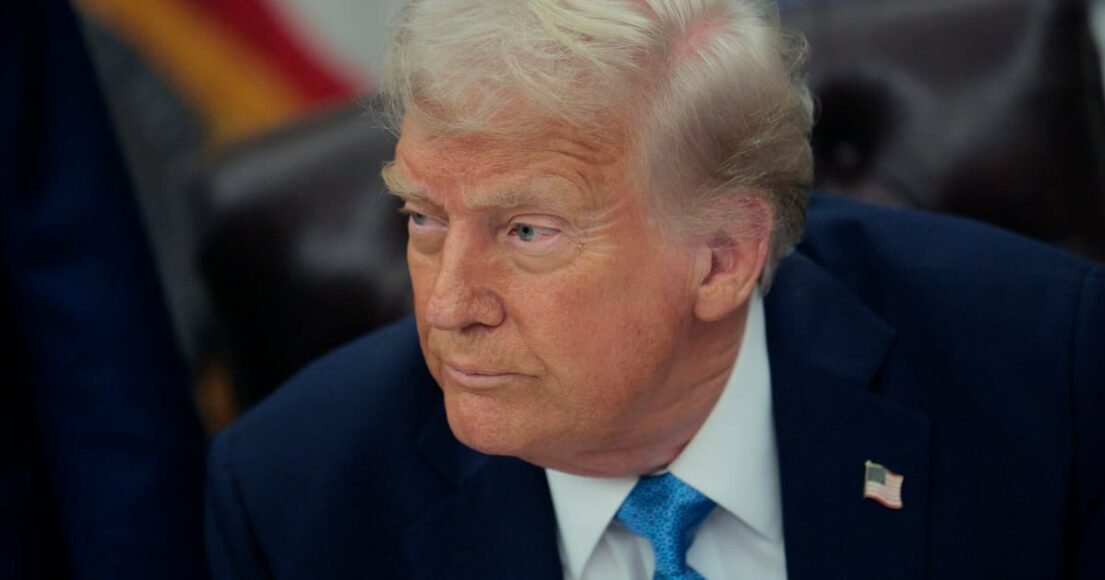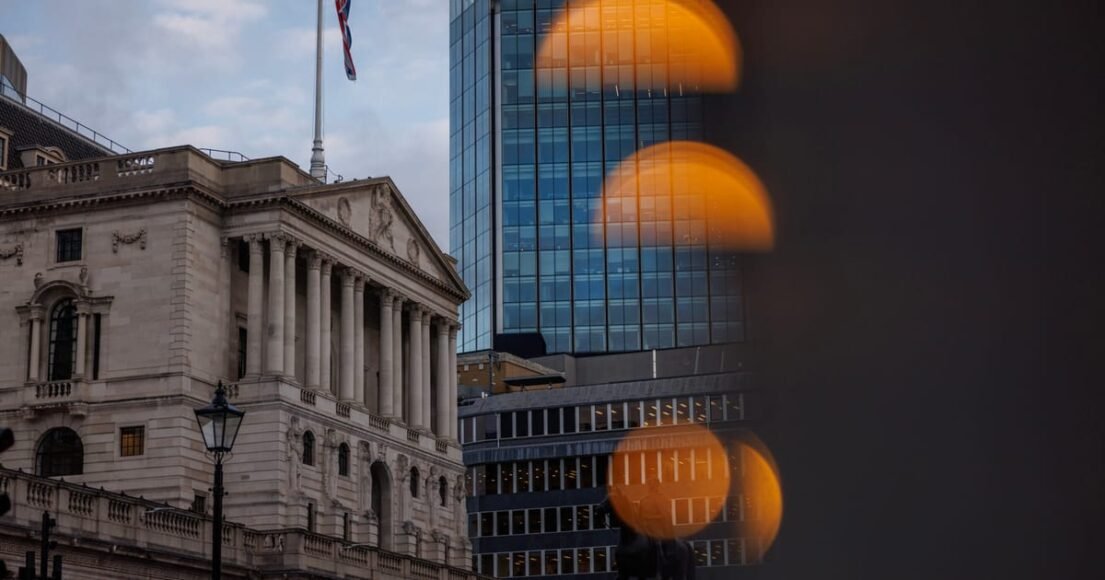At the same time, it acknowledged that inflation is expected to remain significantly above the target level throughout the year. Inflation is now projected to average 3.5 percent in 2025, an increase from the 2.75 percent estimate made in November.
Inflation had dipped sharply from its peak of over 11 percent in 2022 but rebounded to 2.5 percent in December. Threadneedle Street has suggested this resurgence is likely to be temporary, anticipating a gradual decline driven by economic weakness. However, it now predicts headline inflation to climb back to 3.7 percent by the summer.
Chancellor Rachel Reeves has faced a challenging start in her role. Growth faltered in the third quarter of last year, and upcoming figures are expected to confirm a second consecutive quarter of stagnation. This reflects the dampening effects of her budget, which included substantial tax increases but failed to reduce government borrowing. Despite these setbacks, the Bank of England forecasts a revival in growth starting from the middle of the year.
The Bank also issued a warning about potential “downside risks to global activity” arising from tariffs threatened by President Donald Trump’s administration.
The U.K.’s service-driven economy is somewhat insulated from U.S. tariffs, as trade between the two nations is relatively balanced. This reduces the likelihood of Britain becoming a primary target for such measures. Nevertheless, any abrupt disruptions in the global economy would still impact the U.K., exacerbating the significant challenges the country’s economy is already facing.













Leave a Reply